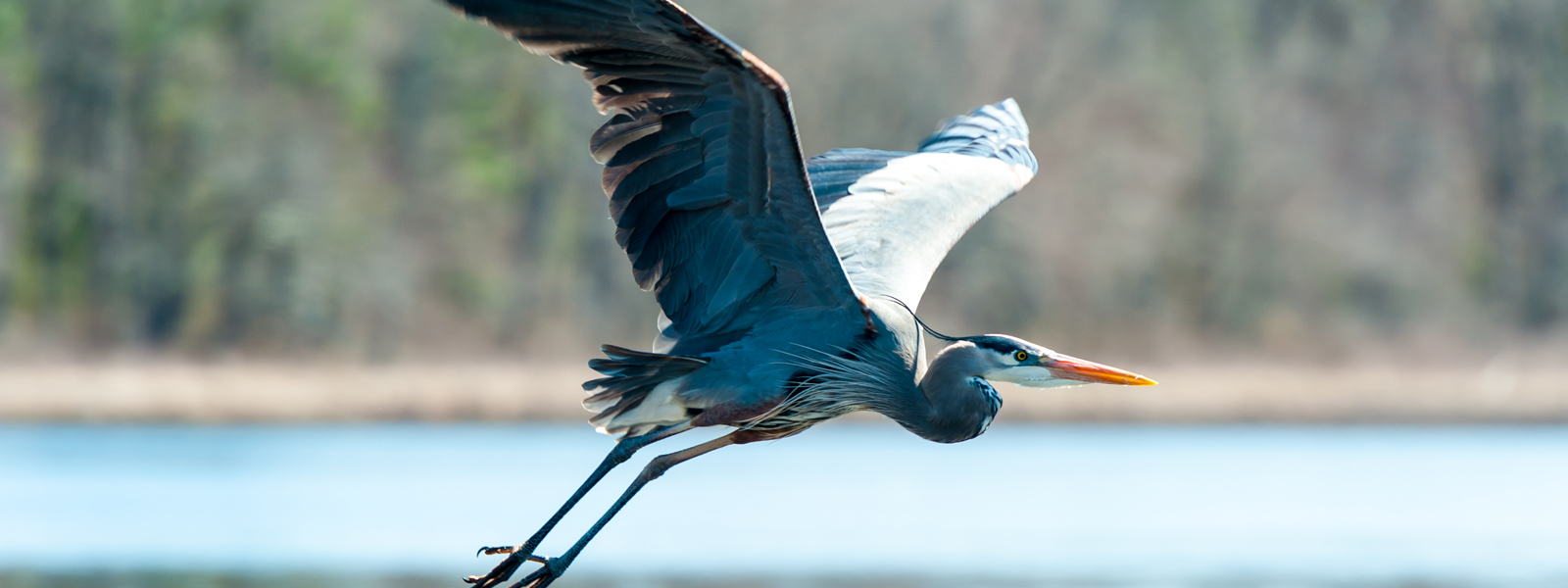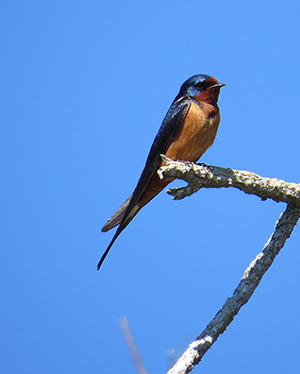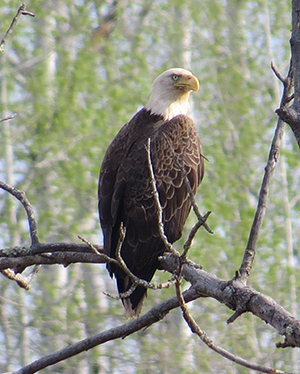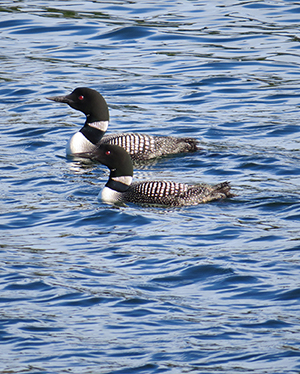Have you ever heard of a Lapland longspur, an olive-sided flycatcher, or black-bellied plover?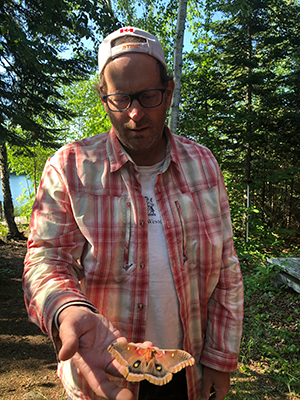
If you’re a birdwatcher, you’ll know that these are all species that can be found in Canada. If you’re not a birdwatcher, biologist and alumnus Al Harris (MSc’90) would like to encourage you to become one.
He’s a member of the Thunder Bay Field Naturalists club and the cofounder of Northern Bioscience – an ecological consulting company in Thunder Bay.
“I love birding because it encompasses everything from looking at the birdfeeder outside your kitchen window to more adventurous trips into forests and wetlands,” he says.
There are a vast number of species across the country, but they can be divided into four broad categories – shorebirds, songbirds, water birds, and raptors (also known as birds of prey).
Get Out Your Binoculars
Al has a few tips that will have you finding birds from the tiny red-breasted nuthatch to the majestic great blue heron. This is especially true now that birds are preparing to fly south for the winter. “They migrate from late August until mid- October,” Al says. “Peak diversity is in early September.”
Dress properly for the outdoors. Wear a hat to protect yourself from the sun and cover up to keep the bugs out. If you’re planning to venture into rougher terrain, hiking boots are recommended.
Get an early morning start, that’s when most birds are active.
Pay attention to the weather. Birds prefer clear skies and avoid rainy weather. North winds in the fall and south winds in the spring offer some of the best birdwatching conditions.
Bring a pair of binoculars to get a close-up look at the birds you are tracking. If you really want to get serious, invest in a good spotting scope.
Don’t forget your field guide. Birders can choose a print guide, such as the Peterson Guide and the Sibley Guide, or download birding apps for smartphones. Al’s top pick is the Sibley Birding app but there are many others to choose from, including eBird and the Audubon Bird Guide.
Document and share your sightings with a camera or smartphone. This is a good way to keep a record of the birds you encounter.
Be respectful. Try not to disturb the birds or their environment and approach them slowly.
Join a naturalists group. You’ll meet people with an enthusiasm for birding and have the opportunity to go on interesting field trips.
Visit the Thunder Bay Field Naturalists website for the times and locations of field trips and talks in Northwestern Ontario.
Barn Swallow
Barn swallows have streamlined bodies and tapered feathers that allow them to reach speeds of up to 74 km per hour and build cup-shaped nests in barns and other manmade structures. They can be spotted in fields and meadows as well as near small bodies of water.
Photo courtesy of Cathy Paroschy Harris.
Bald Eagles
Bald eagles are massive raptors with wingspans ranging between 1.8 and 2.3 m that like to hunt around lakes, rivers, and wetlands, but they can survive for several weeks without food. Eagles build nests of sticks in old-growth forests that can weigh well over a tonne.
Photo courtesy of Cathy Paroschy Harris.
Loons
One of Al’s favourite places for birdwatching is Hurkett Cove located about 90 km north of Thunder Bay. “In the spring and fall, it’s very good for loons, ducks, geese, swans, and grebes. A little closer to Thunder Bay, I recommend Chippewa Park and Mission Island.”
Photo courtesy of Cathy Paroschy Harris.
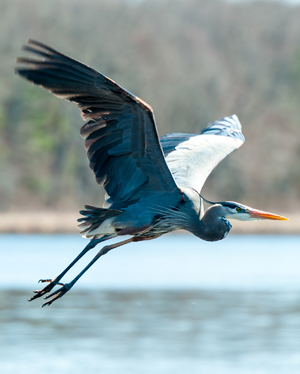 Great Blue Heron
Great Blue Heron
The great blue heron is a wading bird that’s most active in the mornings and evenings. It has a patch of feathers on its chest called “powder down” that it crumbles into a powder to remove fish slime from its feathers and prevent oils from clinging to its underside.
Become a Citizen Scientist
There are many citizen science projects that allow birders to contribute to a better understanding of different bird species, their behaviour, and their habitats.
The Ontario Bird Breeding Atlas is a great place to start. It’s updated every 20 years and it relies heavily on data submitted by recreational birders. Data collection for the next atlas begins on January 1, 2021. Visit birdsontario.org/atlas for more details.
There are also organized surveys and monitoring programs for birds such as owls and loons that you can get more information about by visiting the Birds Canada website at birdscanada.org. Smartphone apps like eBird and iNaturalist also allow birdwatchers to submit their sightings to a common database.
In Northwestern Ontario, birders can assist at the Thunder Cape Bird Observatory, a migration monitoring station on the Sibley Peninsula. Before visiting the observatory, check their website to see if there are any COVID-19 restrictions in place.


